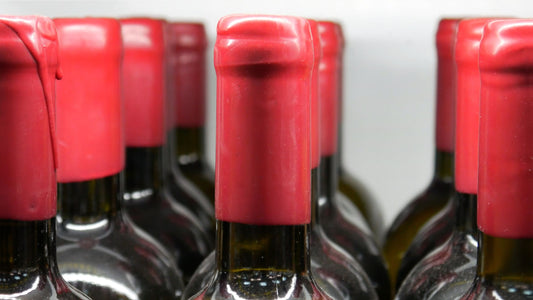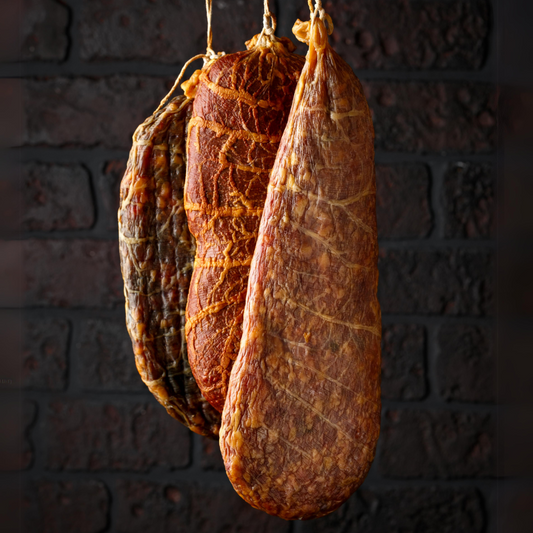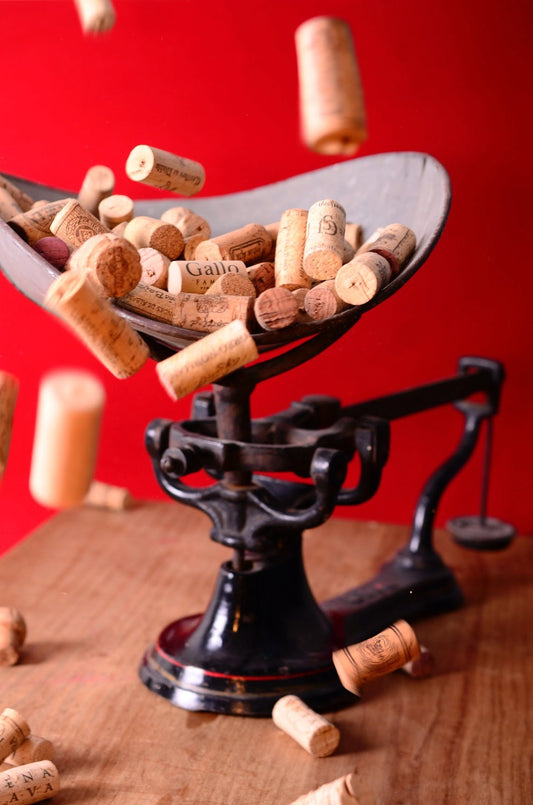How to make Rose

DAY 1
Step 1:
Sterilize all equipment to be used for Day 1.
Step 2:
- Crush and destem grapes into a food grade fermentation vat.
- Add packet A from the wine kit as per the instructions on the packet.
- Directly add packet B as per instructions on the packet.
- After step 2 plunge grapes 3-5 times per day.
To Produce rosé Style wines You have 3 choices. Check out the table below:
|
Method |
Action Required |
Recommendations |
|
Bleeding |
When pressing, the juice that comes off before you actually start squeezing, is kept for rosé wine. | Follow our red wine making sheet from the start and at the pressing stage separate the free run juice and follow step 7 on this sheet to complete the rosé wine |
|
Extraction |
After a few hours (maximum of 24 hours), a percentage of juice is removed from the skins. This juice is then used for making rosé. | Good method for quick color extracting wines such as ruby Red |
|
Infusion |
After a few days - when you are happy with the colour then a percentage of juice must be removed from the skins or the entire vat is pressed. This juice is then used for making rosé . | Suggested method for light red color production |
If you decide to follow methods 2 and 3, then the wine once separated from the skins needs to be treated as a white wine.
|
Baume Level |
Action required | Ph Level |
Action Required |
| <12 Baume | If it is at 11 Baume then add 1 L of Grape concentrate for every 45 L of must. (Equivalent to 5 boxes of grapes)If at 10 Baume then double the amount per 45 L of must. | < 3.2 | Add Potassium Bicarbonate. Check the store for details. |
| 12 to 14 Baume | No action needed | Ph 3.3-3.5 | No action required |
| > 14 Baume | At 15 Baume add 0.75 L per 10 L of must of cooled-down, boiled water to reduce baume. At 16 baume add 1.5 L per 10 L of must of cooled-down, boiled water to reduce baume. At 17 baume, please have wine assessed in store. | > 3.5 | If 0.2 over, then add 1 gram per litre of must. If 0.4 over, then add 2 grams per litre. If more than 0.4 then please have your wine assessed in store. |
DAY 2
Step 4:
- Make sure the demijohns are only 2/3rd full to allow for fermentation frothing.
- The other 1/3rd portion of juice should be kept in the fridge.
- If you using v/c tanks, then leave a good 10% head space.
- Add packets C and D as per label instructions.
- Within 24 hours of adding packet C and D you should see bubbles forming
- If you don't see any bubbling by this time, then bring in a sample of juice for assessment.
As the frothing slows down, add more juice, one day at a time, till containers are full. You will need to judge how much juice needs to be added without letting it overflow (if unsure ask our staff in store for more information).
DAY 3
Step 5:
Measure ferment temperatures regularly. If they exceed 30 degrees, then decrease the temperature by artificial means, wet towels, ice over containers, cooling the room the juice is in, as most rosé prefer to ferment in an 18 to 25-degree bracket.
- From day 3 onwards, measure the baume of the wine. Once it reaches 0 baume then proceed to step 6.
- If you are following the infusion method you can press the wine at this stage.
- Also, measure the pH of the wine after day 5 and adjust as per above table.
- When you are happy with the colour, maintain the ferment temperature between 18-25-degree bracket for ideal results.
Step 6:
Within approximately a week, the fermentation should start to slow down. From this stage, you should assess the wine for the following additions:
| With some wines they require tannin to balance fruit, oak and acid |
Add tannin at the rate stated on the packet. Ask our staff for recommendations regarding different types of tannins and your preferred wine. |
- Every week test the baume and pH of your wine.
- We are looking for a pH of 3.3 to 3.6 and a baume of -1.
- If pH is above this then adjust as per the table above and if baume has not reached -1 after the first two weeks, then stir lees at the bottom of the container for 30 seconds and put the airlock back on.
- Do this twice a week for two weeks.
- If the wine has not gotten to -1 by the end of this stage, then bring in the wine for an assessment.
Step 7:
Fermentation is considered done when we have the following conditions:
- Wine does not taste sweet
- -1 baume has been achieved (check with the hydrometer)
- Airlock stops bubbling
Step 8:
Once the fermentation is complete the wine needs to be racked from the lees. Smell and taste the wine at this stage. You should be getting a fruit-driver aroma and flavor. If you get any vegetable, vinegar, sulfurous or other smells then bring your wine into the store for an assessment.
The wine should be checked regularly. Once you have decided to rack the wine follow these steps:
- Prepare a new container for the wine to go in
- Siphon or pump wine into these new, sanitized containers, making sure that all the containers are full when you finish
- If not place in smaller by full containers. This can even be 1 L bottles.
- V/C tanks are the best option. No other container is required.
- Ensure that the wine has been dosed with PMS after racking.
- Have the wine assessed for dosage.
|
Tannin |
With some wines they require tannin to balance fruit, oak and acid | Add tannin at the rate stated on the packet. Ask our staff for recommendations regarding different types of tannins and your preferred wine. |
|
pH |
If wine is above 3.7 | Add tartaric acid at the dose mentioned at the beginning of this blog. |
Check if you are satisfied with the level of maturity of the wine. It can have finings put in and racked or you could filter the wine. Adding tartaric acid late in the winemaking process adds to the acidic taste of the wine. If unsure, bring it to the store. After these additions, wine can be matured as per cellaring and wine quality conditions.
While fining rosé wine, the most common agent is bentonite. General rule for rosé is that they should drunk within 12 months as it is best consumer young. If leaving residual sugar in wines, then you will need to dose the wine with preservatives. Add Potassium sorbate and filter the wine with 0.25-micron pads. This style of rosé should only be attempted by competent winemakers. Easy method for making a sweet rosé would be to make the rosé dry and then adding a bit of castor sugar before consumption.
Step 9:
For bottling, the follow rules should be followed:
- Make sure that the wine is below 3.7 pH
- Baume of the wine is at -1 before bottling
- Wine does not fizz or produce smoke when left in half-filled plastic bottles for half an hour
- It does not taste bitter, acidic, medicinal or vinegary.
If any of the conditions are not met, then your wine is not ready and needs an inspection.
Step 10:
Enjoy your rosé!



